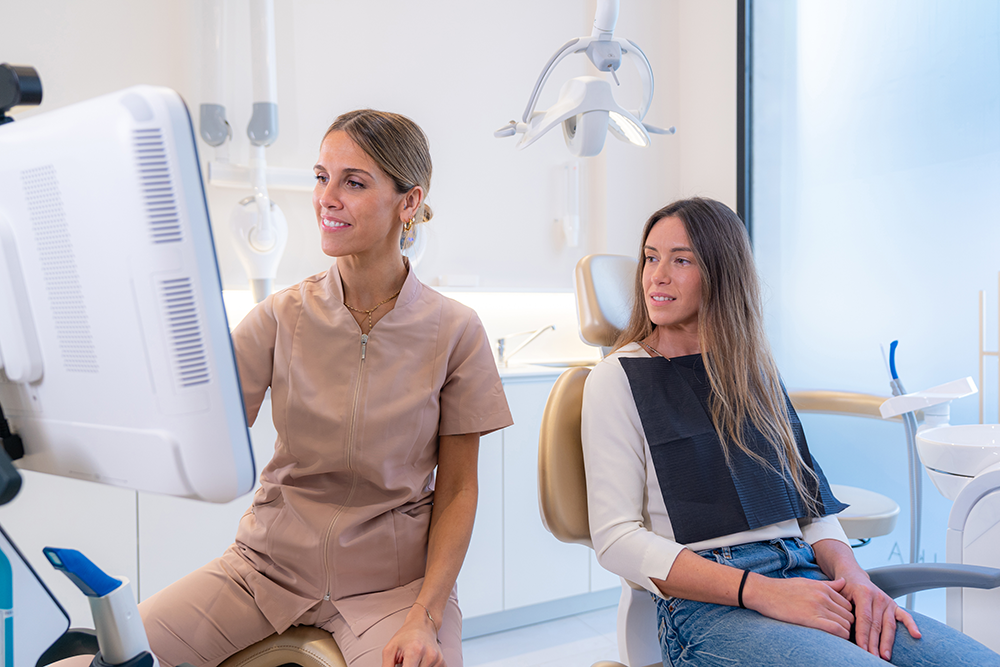
Dental Sleep Medicine in Restorative Practice Part 3: Exam and Appliance Delivery Protocols
My regular examination and treatment protocols for dental sleep medicine patients are based on what I learned from mentors, but I’ve molded them for my style of practice.
Screening—Years ago, I offered 15-minute consultations for anyone who wanted to learn about dental sleep medicine and alternatives to CPAP. I found that patients were already well-versed, so I don’t do that anymore. When my team members answer the phone, they often answer insurance-related questions, and my team members have learned to answer those questions astutely. While on the phone, they weed out those just curious about how a dentist might help them and focus on those likely to be committed to my process and accept treatment. I have team members who are knowledgeable about oral appliances and quickly answer questions about them over the phone.
Pre-Examination Records—Referred patients scheduled for a comprehensive dental sleep medicine exam are sent paperwork to complete before their examination. My clinical assistants gather the paperwork, including a detailed medical history, the referral from a sleep physician, the letter of medical necessity, and their polysomnogram, if they have had it, and the hypnogram. We gather as much data from the physician as possible. I review this in advance of seeing the patient.
Pre-Examination Records Created by My Clinical Assistant—When patients arrive for their initial two-hour appointment, my clinical assistant takes digital impressions (sometimes we take traditional PVS impressions) and x-rays. She also collects vitals and interviews the patient just as a medical assistant would in a medical office.
Examination—During a thorough examination, I voice-record the information needed for the medical documentation. By the end of the exam, I know what the patient’s treatment options are going to be and the anticipated charge for treatment. Sometimes the patient is not a candidate for a sleep appliance and I refer the patient to their physician. We still get paid for the comprehensive exam. Our patients are prepared for this. Even if we can’t help them, they appreciate the time we spend. When each patient leaves the comprehensive exam, we have all the information we need, including a protrusive bite registration if the patient is to receive an appliance.
Medical Reimbursement—In my practice, payment is due upfront for the examination. If they know this is coming in, they’re accepting of this. We have chosen to do our best to help patients seek medical reimbursement and submit the required medical documentation for their insurance. We operate on a fee-for-service model, and this requires intentional conversations with patients so they will value our care, skill, and judgment whether insurance reimburses them or not.
Second Appointment to Start Appliance Therapy—My clinical assistant helps by initially trying in the appliance we have had lab-fabricated. She educates the patient about warming the appliance in warm water if it is a thermoplastic material and fabricates a morning repositioner. Then I come in and do a fit check, spend more time adjusting the appliance if needed, answer questions, confirm that the appliance has been fabricated correctly, and review instructions for wearing the appliance and using the morning repositioner. For titratable appliances, I usually start an appliance at 50 to 60% protrusive if it’s a mandibular advancement appliance. I ask the patient not to advance the appliance for one week. If the appliance is titratable, we educate the patient on how to advance 1-2mm every two to three days until symptoms alleviate.
Part 4 of this series will discuss how I monitor my sleep dental medicine patients.
Related Course
TMD & Orofacial Pain: Managing Complex Patients
DATE: January 29 2025 @ 8:00 am - February 2 2025 @ 1:00 pmLocation: The Pankey Institute
CE HOURS: 37
Dentist Tuition: $ 7200
Single Occupancy with Ensuite Private Bath (per night): $ 345
THIS COURSE IS SOLD OUT TMD patients present with a wide range of concerns and symptoms from tension headaches and muscle challenges to significant joint inflammation and breakdown. Accurate thorough…
Learn More>






